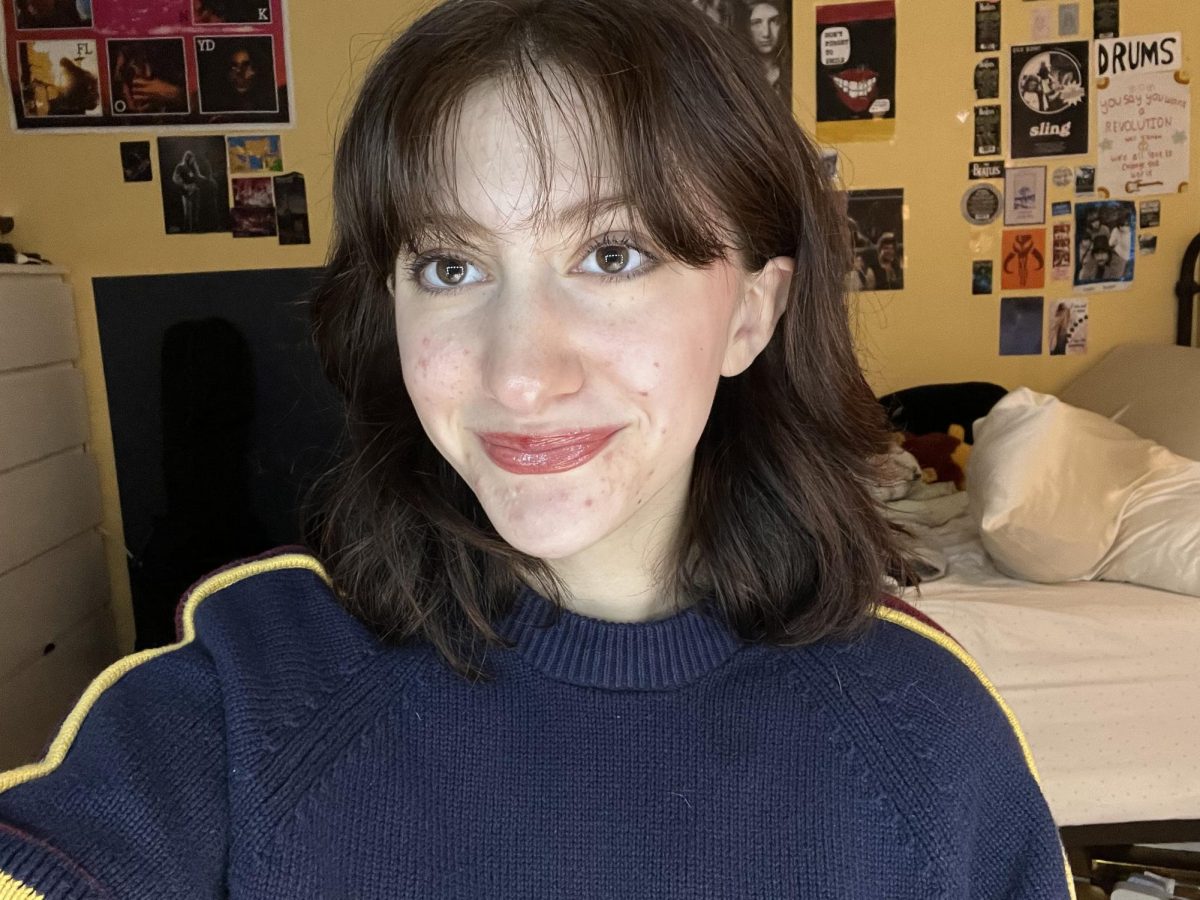Social networks can be both a form of integration and a means to keep in touch with people, as well as an addiction and a dangerous place that gives freedom to sick people and that can cause psychological and therefore physical damage.
Online gambling addiction or, “gaming disorder,” has just been included in the new classification of diseases by the World Health Organization.
Researchers from the universities of Western Sydney, Harvard, Oxford, Manchester and Kings College have written an article in the journal World Psychiatry that says the technological tools we use in our everyday lives, while improving multitasking capabilities, on the other hand reduce the time of attention and concentration.
“today’s digital technologies are creating an easily distracted generation”
Hyperlinks, notifications, and prompts expose us to interact with multiple inputs simultaneously, this is an example of how social media interact with our attention capacities: “media multitasking”.
A study shows that attention disorders in children aged 5-17 years increased by 40% between 2007 and 2016, in this period the use of social media increased; In fact, some research shows that the use of social media has a negative effect on attention and can lead to the worsening or emergence of attention disorders, such as ADHD.
A study of Lebanese adults showed that both ADHD and anxiety symptoms are related to problematic social media use. This link was explained by the discovery that constant stimulation, a case due to social media, causes a significant decrease in attention. Another study of American high school students says the exact same thing: social media decreases the attention and increase ADHD and anxiety.
The custom “For You” stream, created by AI, is the key to TikTok’s dependency. In fact, the latter is very different from other applications, because the feed is based on what the user wants to see, what they like. On Tiktok, artificial intelligence uses the “likes”, the number of views of a same video or if the user comments, as an example to be shown again and again. Developers constantly change the layout of the app and add new features so that users spend more time on the app by browsing and adapting to the new design, thus making all in-app features extend the time users spend on the app, Increasing the dependence on the platform.
Thanks to the Internet, young people and beyond have many ways of staying in touch with their friends or getting in touch with new people. But the dangerous thing is that on these sites you can find both children, adults, and predators trying to catch their prey: children.
Moreover, social media is a dangerous place; in fact 500,000 online predators are active each day, and the users of this platform are usually children between the ages of 12 and 15, an age where everyone is more susceptible to be groomed or manipulated by adults they meet online. According to the F.B.I., over 50 percent of the victims are between the ages of 12 and 15.
The arrest of Telegram CEO, Pavel Durov, is confirmation: because of the end-to-end encryption, therefore private, Telegram has been a place for a long time of unspeakable things, including also child pornography or group chat where, Girls between 13 and 15 years old with eating disorders (anorexia and bulimia), can exchange advice on how to lose weight faster.
If social media can be a place of expression, of outlet and of leisure, it can also be our cage, the birth of our paranoia and anxieties and our ruin.
“Online platforms affect how we see our own lives, especially our own bodies.”
Fashion, costume fitting and low-waisted jeans have always influenced people’s self-perception and self-esteem, but now social media has a much greater impact. The media has created a common space in which individuals compare, leading to dissatisfaction with themselves and contributing to the emergence of eating disorders. Social media platforms are like powerful amplifiers of certain physical characteristics: the narrow waist, skin without pimples, youth, thinness but at the same time the muscle and tonicity.
The daily bombardment of the promotion of these ideals has created a direct attack on the self-esteem of many individuals.
In 2021, Facebook said that a survey found that 40% of girls saw something on Facebook or Instagram that made them feel unattractive, insecure and inferior.
The use of social media has been linked to depression and child suicide, in fact the increase in the rate of suicide is proportional to the increase in the use of social media. 15%-20% of young people perform non-suicidal self-harm. Evidence shows that young self-injured people are more active on social media than young people who do not harm themselves.
A study has been conducted on the use of social media in relation to sleep quality, self-esteem, anxiety and depression in 467 Scottish adolescents. “We measured general social media use, specific night-time social media use, emotional investment in social media, sleep quality, self-esteem and levels of anxiety and depression. Adolescents who used social media more – both overall and at night – and those who were more emotionally invested in social media experienced worse sleep quality, lower self-esteem and higher levels of anxiety and depression. The specific use of social media at night predicted lower sleep quality after controlling anxiety, depression and self-esteem.”
In 2018, 56 hashtags were reported that incited physical harm and only 7 were removed but the others have more than 1.6 billion views!
“It’s difficult to escape this impact when social media apps are designed to be addictive.”
Works Cited:
https://www.repubblica.it/scienze/2019/06/07/news/piu_multitasking_meno_attenzione_ecco_come_internet_modifica_il_cervello-228177902/ -> “More multitasking, less attention: how the internet changes the brain”, Repubblica.
https://onlinelibrary.wiley.com/doi/full/10.1002/wps.20617 -> “The online Brain”, Online Library.
https://publications.aap.org/pediatrics/article/145/6/e20191536/76929/Children-s-Mental-Health-Emergency-Department?autologincheck=redirected -> “Children’s Mental Health Emergency Department Visits: 2007–2016”, American Academy of Pediatrics.
https://www.psychiatrist.com/pcc/association-between-problematic-social-media-use-attention-deficit-hyperactivity-disorder-sample-lebanese-adults/ -> “Association Between Problematic Social Media Use and Attention-Deficit/Hyperactivity Disorder in a Sample of Lebanese Adults”, psychiatrist.com. https://jamanetwork.com/journals/jama/fullarticle/2687861 -> “Association of Digital Media Use With Subsequent Symptoms of Attention-Deficit/Hyperactivity Disorder Among Adolescents”, Jama Network. https://sites.brown.edu/publichealthjournal/2021/12/13/tiktok/ -> “What Makes TikTok so Addictive?: An Analysis of the Mechanisms Underlying the World’s Latest Social Media Craze”, School of Public Health – Brown University. https://childsafety.losangelescriminallawyer.pro/children-and-grooming-online-predators.html -> “Children and Grooming”, Child crime prevention & safety center. https://www.fanpage.it/innovazione/tecnologia/larresto-di-pavel-durov-dimostra-il-paradosso-di-telegram-quali-sono-i-confini-della-liberta/ -> “The arrest of Pavel Durov demonstrates the paradox of telegram: what are the limits of freedom?”, Fanpage. https://www.allianceforeatingdisorders.com/a-deeper-look-at-social-media-and-eating-disorders/?gad_source=1&gbraid=0AAAAACQjuTRPZdj3iFZ3RVyqdJAqBUlsZ&gclid=Cj0KCQjwxsm3BhDrARIsAMtVz6N19HlIjJMXYFZ-5jBpaXI4dArLL9f9ywbP6SwTjYXEFq5hsiJlKVQaAv0yEALw_wcB -> “A Deeper Look At Social Media and Eating Disorders”, National Alliance for eating disorders. https://www.ncbi.nlm.nih.gov/pmc/articles/PMC6278213/ -> “The role of online social networking on deliberate self-harm and suicidality in adolescents: A systematized review of literature”, National Library of Medicine. https://onlinelibrary.wiley.com/doi/10.1016/j.adolescence.2016.05.008 -> “#Sleepyteens: Social media use in adolescence is associated with poor sleep quality, anxiety, depression and low self-esteem”, Wiley Online Library.









